Summary
- Final Fantasy 7 ushered in a new era for JRPGs on PS1 with its graphics, story, and battle system.
- Brave Prove’s simplicity and sprite art make it a standout, though it was never released outside of Japan.
- Tales of Destiny brought action-based gameplay to the PS1 and set the stage for future entries in the series.
The PS1 is home to classic turn-based JRPGs, which helped shape the system. For example, Final Fantasy 7 has to be the biggest success on the console, ushering in a new era for the franchise and for the RPG genre as a whole. With cutting-edge graphics, a mature story, and a customizable battle system, it’s easy to see why it was so popular.

Related
8 Most Influential PS1 Games, Ranked
Sony’s first console packed in a lot of game changers that are well remembered. Here’s which titles left a lasting impression on the world of gaming.
Other turn-based PS1 hallmarks include Breath of Fire 3, The Legend of Dragoon, and Wild Arms 2. What about games for the action JRPG fans out there? The sub-genre wasn’t as widespread as the turn-based variety, but there were still some bangers worth ranking based on their overall quality.
8
Brave Prove
Hidden From The West
- Developer: Data West
- Publisher: Data West
- Released: April 16, 1998 (Japan)
- Platform: PS1
Brave Prove is a classic top-down action RPG that doesn’t try to be anything fancy, and that’s okay. Players get a sword, explore dungeons and towns, level up, and the whole nine yards. The artwork may not have impressed anyone in 1998, but the sprites help it hold up better than many PS1 games now.
Brave Prove never made it outside of Japan, but it has received an English fan patch for those curious. Import fans of PS1 games should also check out Community Pom, which is a sillier, light recommend.
7
Legend Of Mana
A Do It Yourself Adventure
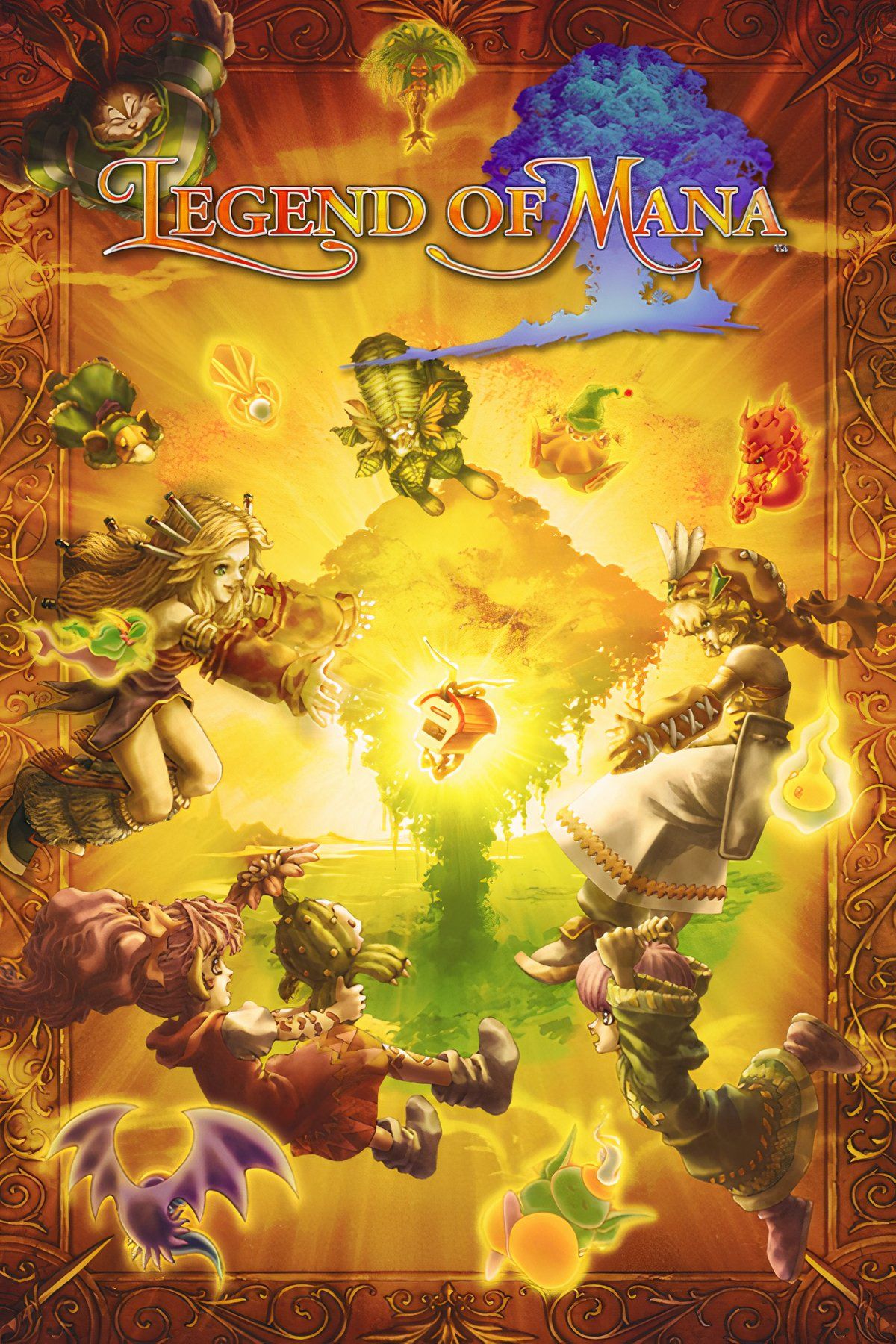
- Released
-
July 15, 1999
- OpenCritic Rating
-
Fair
Legend of Mana is one of the most curious games in the series. Players can begin by choosing their weapon, and then it’s kind of like a choose your own adventure pop-up book. The art style matches the storybook presentation of the town and dungeon maps, which can be rearranged to make everyone’s playthrough different.
Depending on where villages are placed, the story and layouts will change. It was a bit hard to understand back then, and it’s not exactly easy now, either, without a guide. Structure aside, it is a fun 2D action RPG for those who like a challenging set of mechanics, and there has been a remaster, too.
6
Tales Of Destiny
A First For A Second

The first game in this series was Tales of Phantasia for the SNES, which was never released over here until a GBA port. Tales of Destiny was the first game to hit North America instead. Like many games in the series, Tales of Destiny blends random encounters with action-based gameplay.
2:41
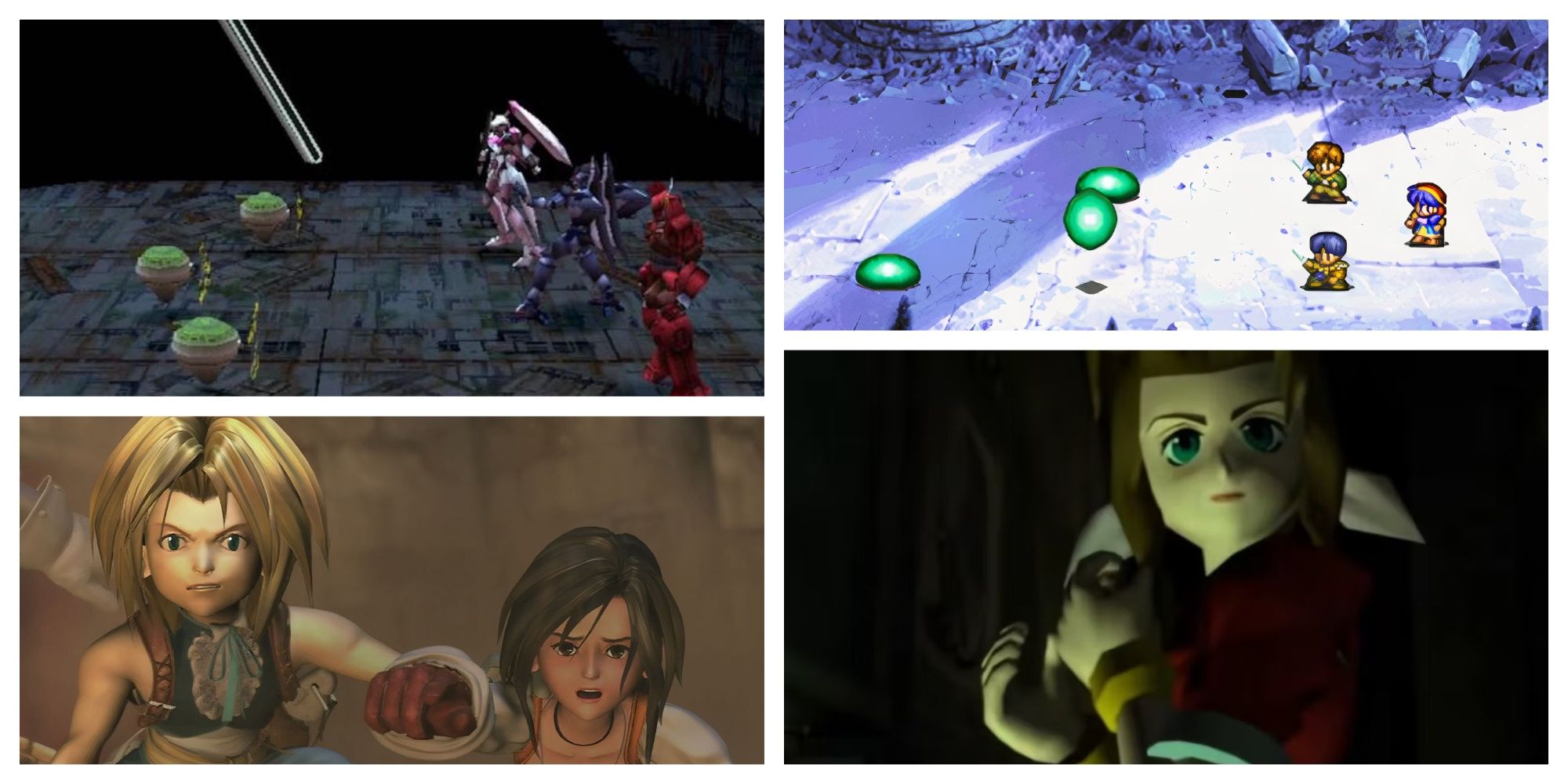
Related
6 Best PS1 Turn-Based JRPGs, Ranked
The original PlayStation was a haven for JRPGs, and these are the best ones the console saw during its lifetime.
The perspective is strictly in 2D, as was the case for most of the earlier entries, which later evolved into 3D arenas. While Tales of Destiny is lower on the totem pole for the whole franchise, it’s still a good game on the PS1.
5
Parasite Eve 2
Even More Resident Evil
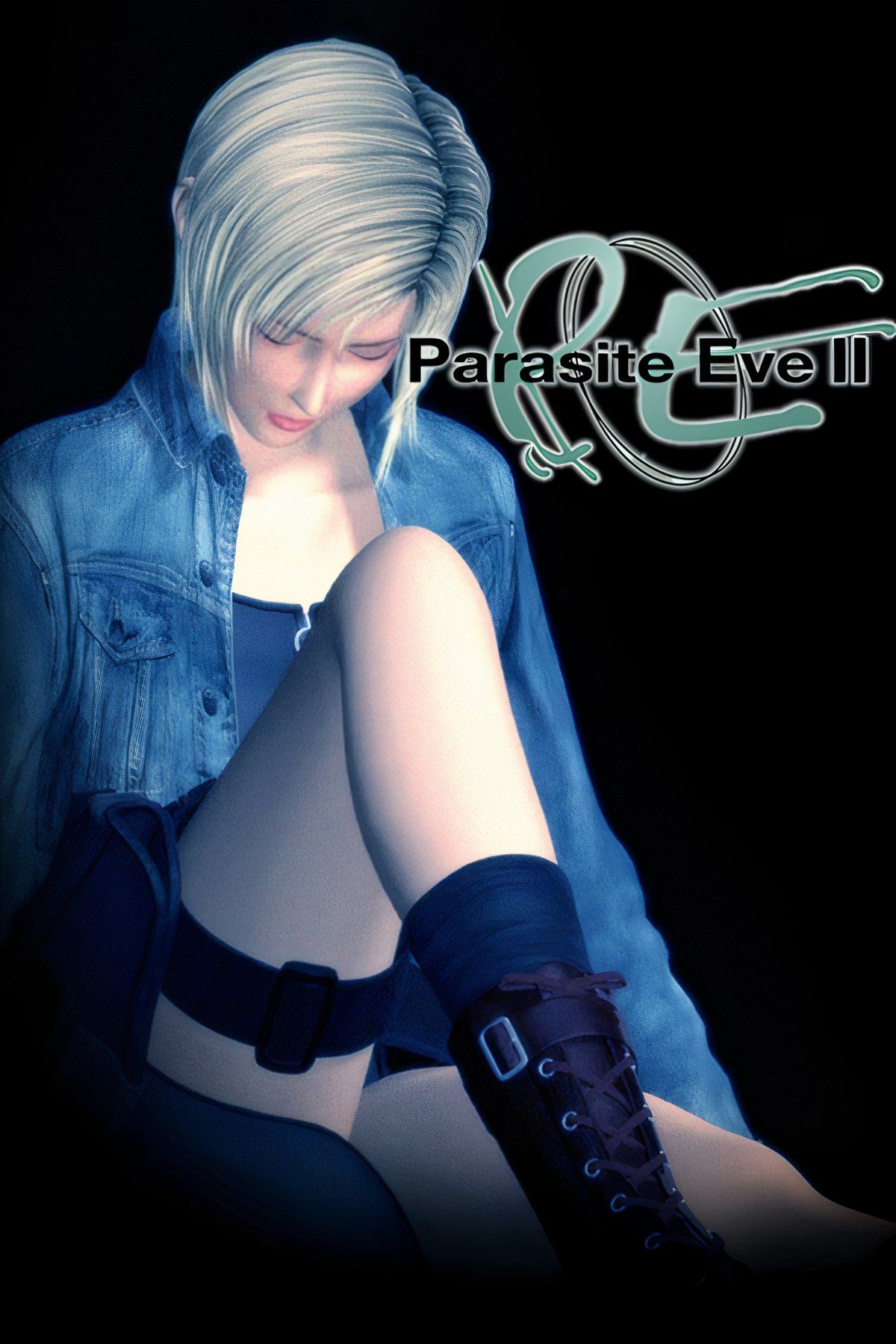
Parasite Eve 2
The first Parasite Eve was turn-based, although players could run around closed-off arenas while they waited to act. In Parasite Eve 2, players have free movement with Aya in battle and can shoot in real time. Players can pause the game to activate Aya’s abilities, like the returning Pyrokinesis attack and water-based healing.
This time around, Aya is part of an FBI unit that specializes in hunting down Mitochondria-based monsters, leading her to a facility deep underground in the Mojave Desert. Tank controls, real-time combat, and hidden underground bunkers: Parasite Eve 2 certainly went whole hog on Resident Evil more than ever before. While not as classic as the original, it was an interesting progression for the series.
4
Threads Of Fate
Two Campaigns In One

Threads of Fate
- Released
-
October 14, 1999
Threads of Fate is one of Squaresoft’s easier games on the PS1. Offering two campaigns, players can tackle Rue or Mint, who share similar dungeons but follow different story beats. Rue is a more serious character, wields an axe-like sword, and can turn into monsters.
Mint is a goofier character, uses rings to produce magic blasts, and can cast full spells, too. Of the two, Mint is more fun to follow, but both campaigns should be played, given the game’s shortness.
3
Brave Fencer Musashi
The Legend Of Samurai
Brave Fencer Musashi is one of the funniest RPGs on the PS1 that sports full English audio. While voiceovers were getting more common in this era, it wasn’t a guarantee. The story is set around a young samurai, Musashi, who is summoned by a princess to save her kingdom.
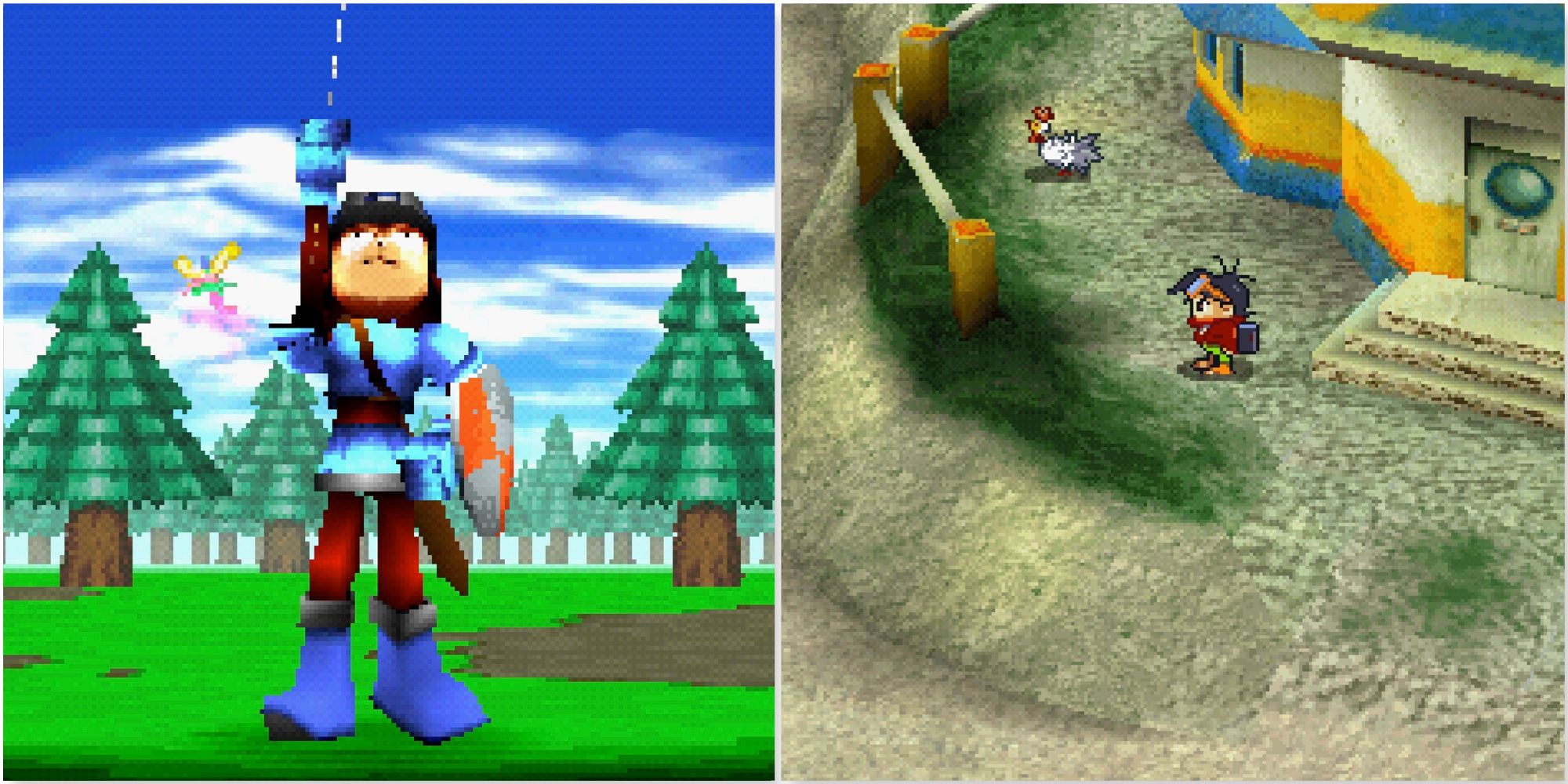
Related
6 Best PS1 JRPGs That Are Not Part Of A Franchise
Sony’s first console had a lot of one-off JRPGs that went nowhere. Despite the lack of a larger franchise, they still made waves.
Everyone, from allies to enemies, is named after food, just like the Dragon Ball series. The gameplay loop is a bit like Zelda except with fewer puzzles and more action. Musashi’s coolest gimmick is being able to copy enemy abilities, but only temporarily, like the power to shrink something or hop on his sword like a pogo stick.
2
Star Ocean: The Second Story
Sci-Fi And Fantasy Blended

Star Ocean: The Second Story was the first game to hit the West after the series debuted on the SNES. This game blended a fantasy setting with a sci-fi premise that could have easily appeared in a Star Trek episode. A ship of explorers crashes on a nearby planet, not touched by modern hands, which resembles something out of a Final Fantasy game.
Players could explore the world like a normal JRPG of this era, but when battles commenced, players had free range to run around the arena and fight in real time just like in the Tales of games. The game was ported to the PSP with enhancements via Star Ocean: Second Evolution, but the best version to play today is the full remake on modern consoles called Star Ocean: The Second Story R.
1
Castlevania: Symphony Of The Night
Taking The Series To The Next Level
Castlevania: Symphony of the Night leveled up the fading franchise that was celebrated on the NES. Instead of a straight action game, this one saw the return of Alucard, Dracula’s son, who first appeared as a playable character in Castlevania 3: Dracula’s Curse.
Alucard’s move set was increased in Castlevania: Symphony of the Night, allowing players to gain experience while fighting monsters, and gear could be equipped. Moreover, new abilities would allow players to unlock areas of Dracula’s castle to explore, thus helping usher in the Metroidvania genre.

Related
8 Forgotten Multiplayer Games From Capcom
Outshined by bigger franchises and larger releases, many gamers may have forgotten about these smaller multiplayer titles from Capcom.
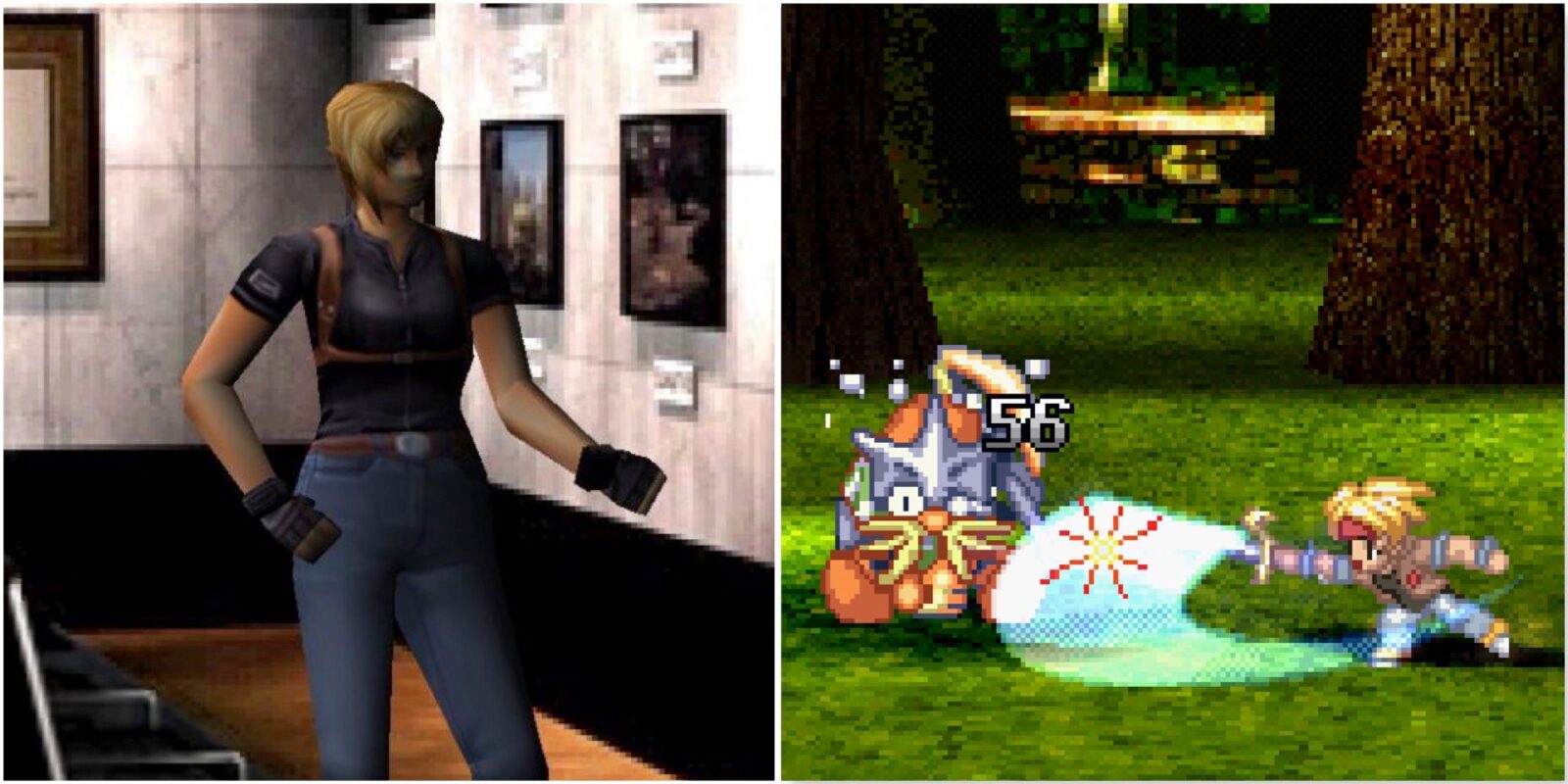



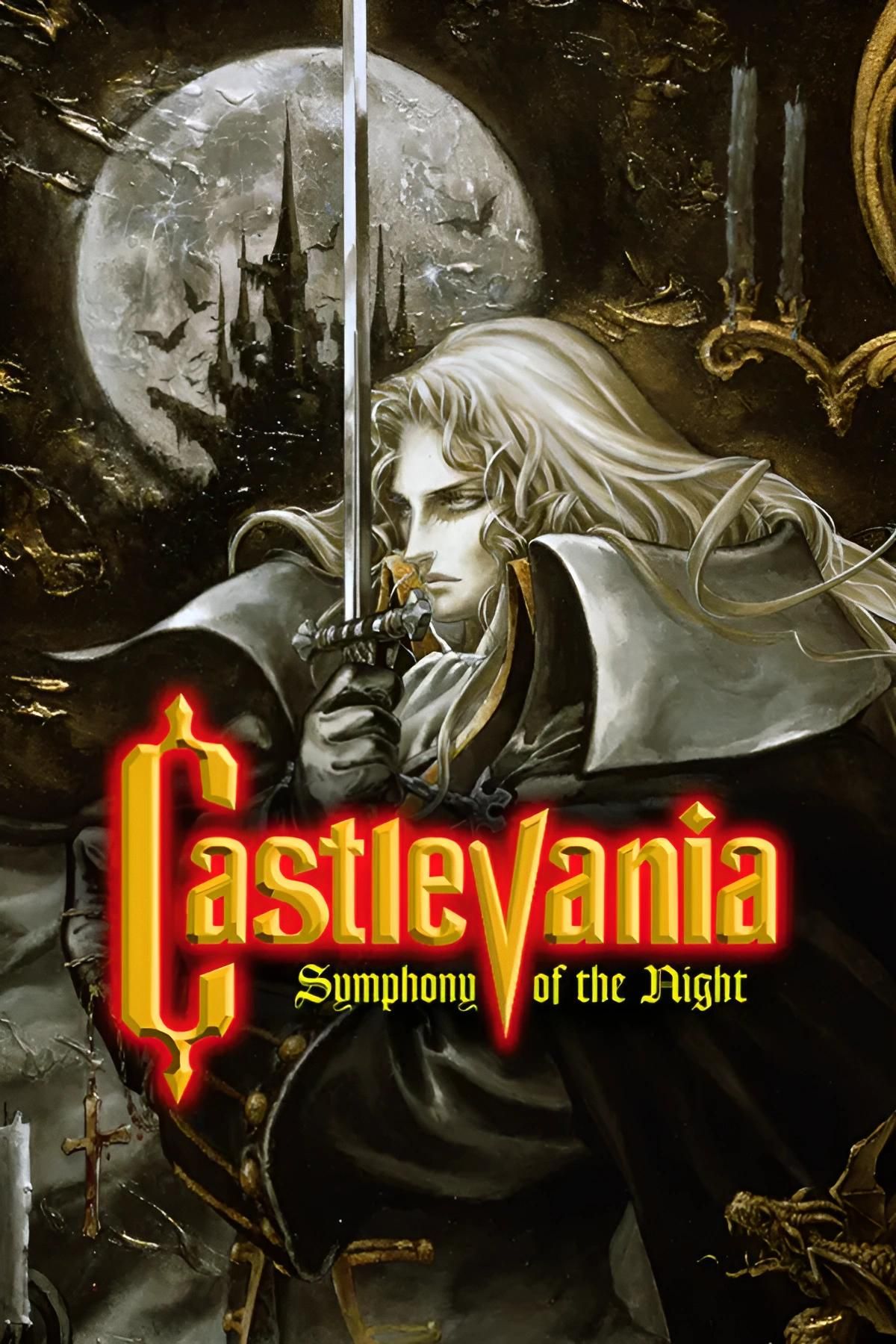







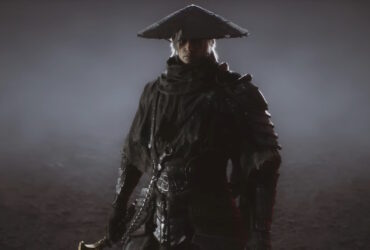
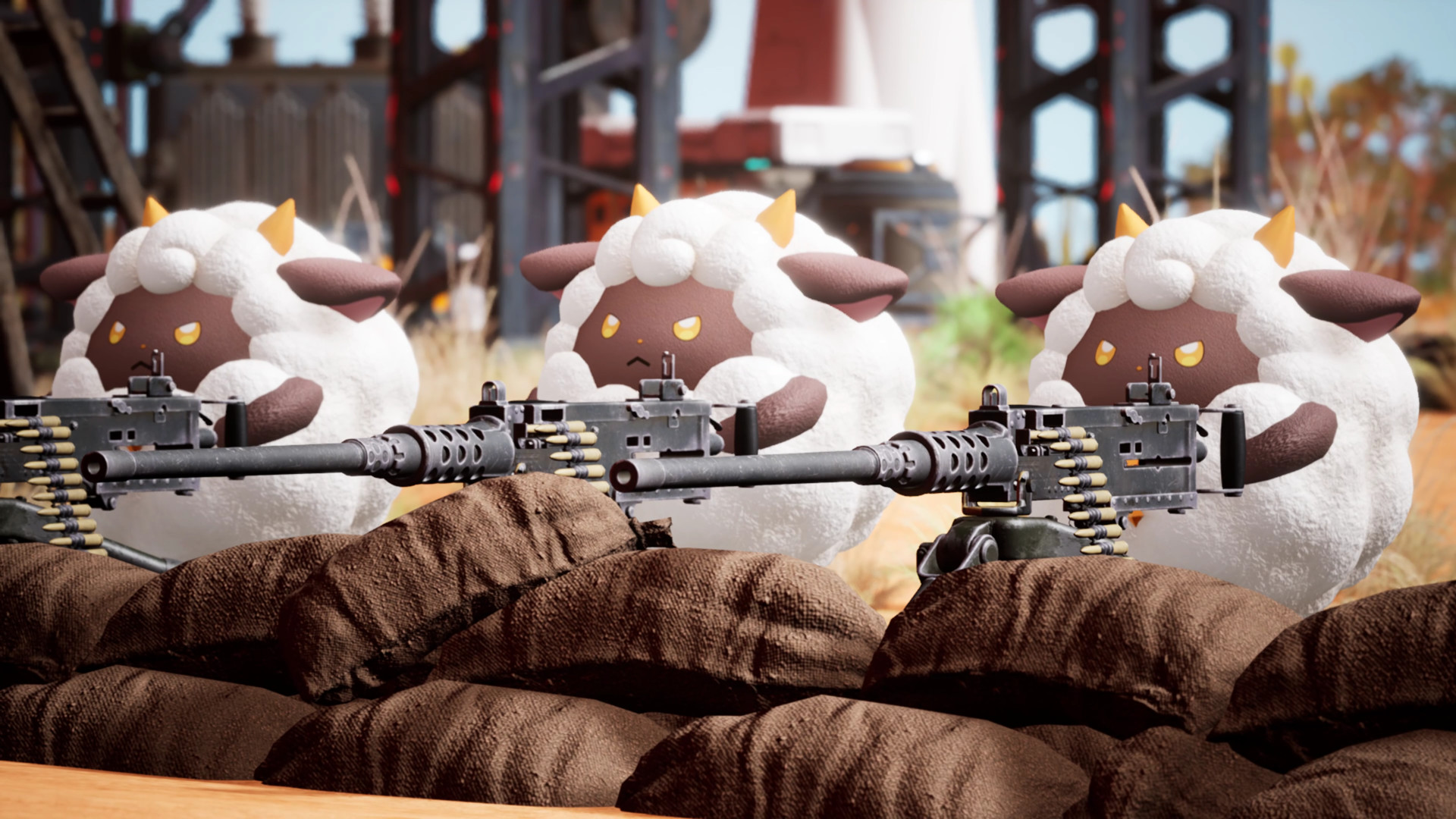
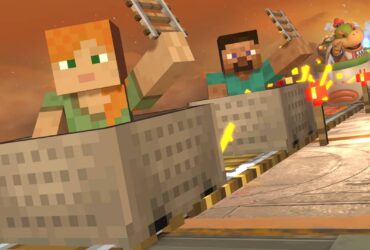

Leave a Reply